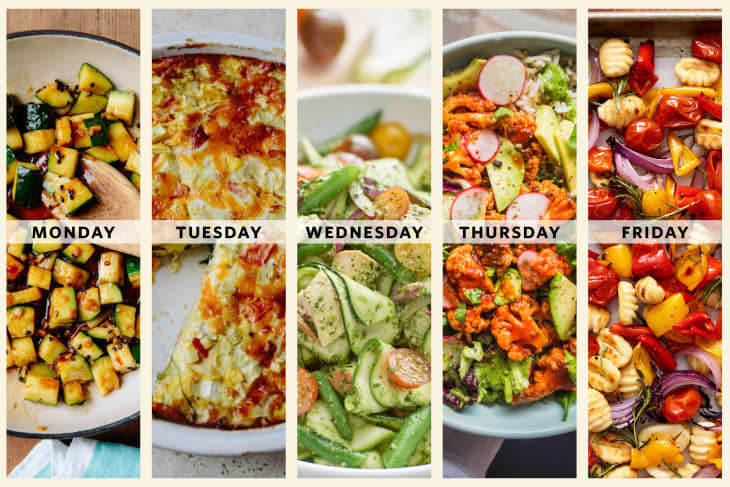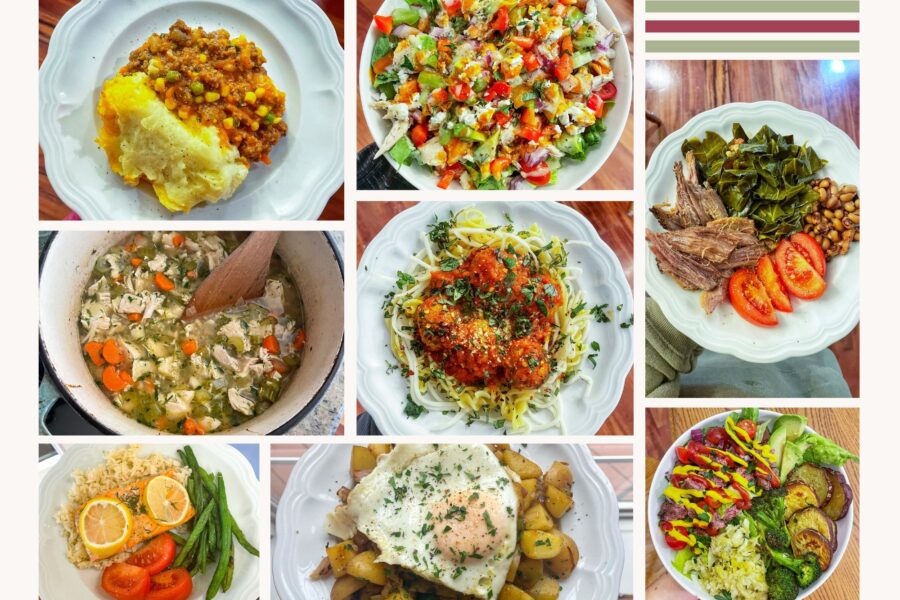Learning how to plan healthy meals for the week helps you stay on track with your wellness goals while saving time and money. With the right strategy, you fill your fridge with nutrient-dense foods, reduce the temptation of takeout, and avoid skipping meals. Weekly meal planning sets you up for consistent balanced nutrition, better portion control, and fewer unhealthy cravings. Whether you’re managing weight, boosting energy, or simply trying to eat better, a smart plan makes healthy eating easy and sustainable. Let’s break down how to create a personalized plan that works for your lifestyle, tastes, and schedule.

Benefits of Weekly Meal Planning
Planning meals weekly gives you more control over your health. You make better decisions when you plan ahead. It helps prevent impulsive eating, food waste, and stress over last-minute cooking. It also supports budget-friendly grocery shopping and improves your overall nutritional balance. With a plan in place, you know exactly what to cook and when. No guesswork. You eat mindfully and consistently, which supports better digestion, weight maintenance, and mental clarity all week long.
Step 1: Set Clear Meal Goals
Start by identifying your needs. Are you aiming for weight loss, muscle gain, or just maintaining a healthy lifestyle? Consider any dietary needs like gluten-free, vegetarian, or low-sodium preferences. Decide how many meals and snacks you need each day. Your goals shape your ingredient list and recipes. Once you’re clear on your goals, planning becomes easier and more intentional. Keep your focus on whole foods, colorful veggies, and lean proteins as core elements of each meal.
Step 2: Create a Flexible Weekly Menu
Draft a meal outline for the week. Don’t overcomplicate it. Repeat meals you enjoy and use simple recipes with minimal ingredients. A sample weekly menu might include:
- Monday: Grilled chicken with quinoa and steamed broccoli
- Tuesday: Veggie stir-fry with tofu and brown rice
- Wednesday: Turkey wraps with hummus and spinach
- Thursday: Baked salmon, sweet potato, mixed greens
- Friday: Whole grain pasta with lentil tomato sauce
Leave room for leftovers and one “free” meal to stay flexible. This structure reduces stress and ensures nutrient variety through the week.

Step 3: Build a Smart Grocery List
Write your grocery list based on your meal plan. Organize it by categories: produce, proteins, grains, dairy, and pantry staples. Stick to your list to avoid buying extras you don’t need. Choose fresh ingredients, limit processed items, and always check what you already have. Include healthy snacks like fruit, yogurt, or nuts to prevent reaching for junk. A smart list saves you money and keeps you focused on your healthy meal prep goals.

Step 4: Prep Ingredients in Advance
Block time each week—ideally on Sunday—for meal prep. Wash and chop veggies, cook grains in bulk, and portion out snacks. Prepare proteins and store in airtight containers. You don’t need to cook full meals if you prefer flexibility. Just prepping components like roasted veggies, boiled eggs, or grilled chicken saves hours later. Label everything and store in the fridge or freezer. When hunger strikes midweek, your healthy ingredients are ready. This step is key to staying on track with your weekly nutrition plan.
Final Thoughts
Knowing how to plan healthy meals for the week empowers you to take charge of your eating habits. It reduces stress, improves nutrition, and saves time daily. Start small and build your routine over time. The more you plan, the easier it becomes. With consistency, you make healthy choices automatic—and your body thanks you with energy, clarity, and balance.
